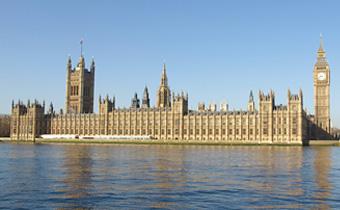
ErP – The framework for Eco–design Requirements of Energy Related Products Directive (ErP) Directive for Eco–design of End Use Equipment.
Objective
Since over 80% of all product–related environmental impacts are determined during the product design phase, integrating environmental considerations early into the product development process is the most effective way of reducing their impact. This is what the EuP is trying to address.
The legislation
The Eco design Directive is a framework Directive: it does not set binding requirements on products by itself, but through implementing measures adopted on a case by case basis for each product group. All guiding principles for developing implementing measures are set in the framework Directive 2009/125/EC.
Energy related products (the use of which has an impact on energy consumption) account for a large proportion of the energy consumption in the EU and include:
Energy-using products (EUPs), which use, generate, transfer or measure energy (electricity, gas, fossil fuel), such as boilers, cookers, computers, televisions, vacuum cleaners, transformers, industrial fans, industrial furnaces etc.
Other energy related products (ERPs) which do not use energy but have an impact on energy and can therefore contribute to saving energy, such as windows, insulation material, shower heads, taps etc
Requirements on Manufacturers
- To assess the environmental impact of their product throughout its lifecycle
- To establish an ecological profile of the product
- Concentrate and prioritise those factors that are capable of being influenced in a substantial manner through product design.
Conformity assessment
The ErP Directive sets mandatory requirements for equipment suppliers to adopt and demonstrate the integration of environmental factors in the design and development (and production) and the eco–performance of the product itself. This will be required before placing product on the market.
Companies will be required to produce an ‘Ecological Profile’ of a product. This consists of two parts:
Generic Eco-design Requirements: Gives general principles and criteria on how eco-design should be applied during product launch.
Specific Eco-design Requirements: Specific limits/targets to be met, most of these are energy related -energy in use and stand by.
The ErP directive attempts to set a common framework under which this should be done for energy using and producing products. A list of products currently covered by the directive is available at http://ec.europa.eu/energy/efficiency/ecodesign/doc/overview_legislation_eco-design.pdf
